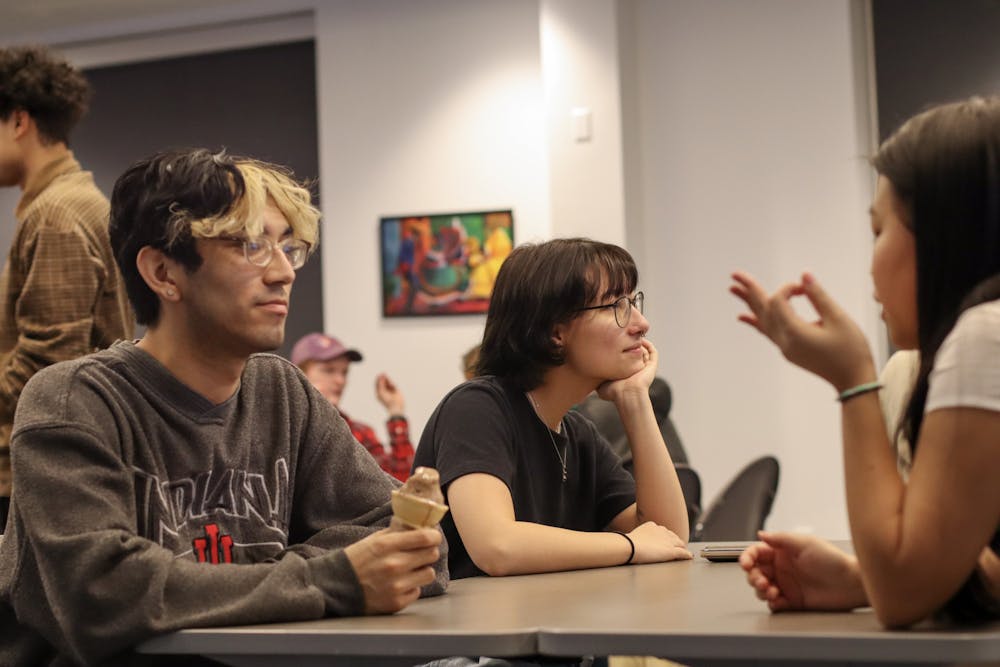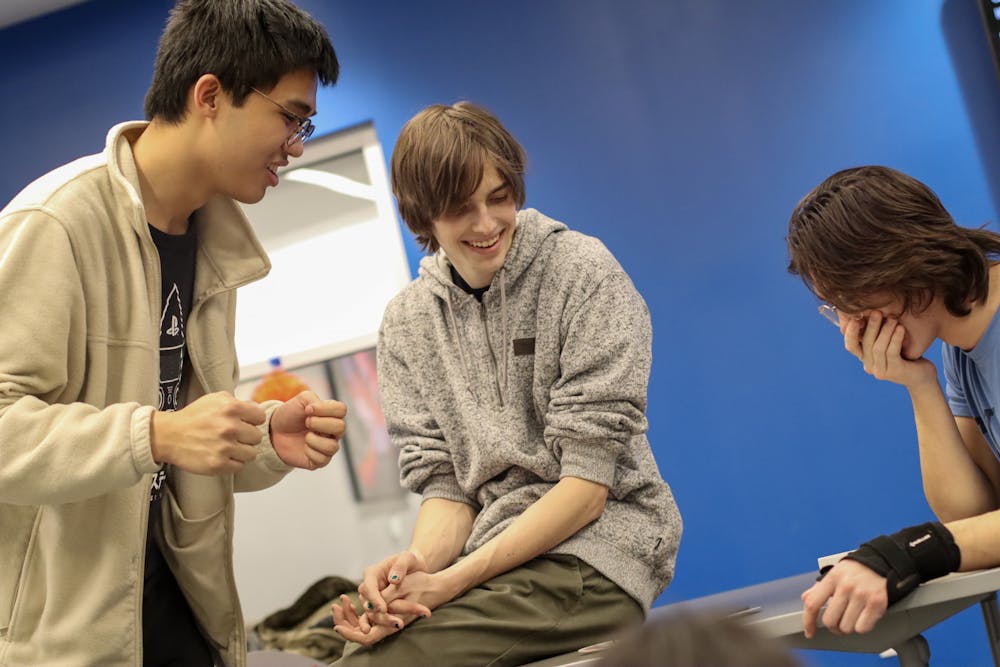When the words “China Virus” and “Kung Flu” came out of former President Donald Trump’s mouth, he didn’t believe it caused more risk toward Asian Americans of violence, according to the Associated Press. Yet as of August 2021, 9,000 incidents of anti-Asian hate have been reported, according to AAPI Hate Crimes. A month into 2023, violent incidents of anti-Asian hate continue to plague the United States.
Lunar New Year is one of the most celebrated holidays in China. A shooter killed 11 people and injured others during a Lunar New Year celebration Jan. 21, according to the Associated Press. While this incident happened in California, anti-Asian hate happened much closer to Ball State University. According to the Associated Press, an 18-year-old Asian Indiana University student was stabbed on a Bloomington bus.
After these two violent incidents of Asian hate occurred, Christian Avila, first-year Ball State English education major and treasurer for the Asian Student Union (ASU), said he felt uneasy about going out into public. He said he usually feels protected from anti-Asian hate because he is taller than most Filippinos but still felt unsafe after these incidents.
“[I go] out into public and walk around, and I just don’t know whether some dude is going to come up from behind me, or some giant lady is going to just hit me in the head,” Avila said. “The Lunar New Year shooting and the stabbing in Bloomington [caused] my mom [to] reach out to me immediately after it happened asking, ‘Are you OK?’”
Avila said he has experienced a few microaggressions at Ball State, but he generally feels safe on campus. However, he said he feels different when he ventures off campus.
“The moment I step off going toward the Village, is where it gets a little bit [scary],” Avila said. “[I start] to hear things like people passing me by [and] looking at me. I was walking down the road by the Teachers College, and then some dude just said ‘Asian B-word’ [to me].”

While Avila has had negative experiences as a student on and off Ball State’s campus, YoungAh Lee, strategic communication coordinator and public relations professor, said she has had a positive time as a Ball State professor. She said her time spent in professional work settings protected her from any discrimination or hate she could face. She said she is surrounded by colleagues and allies who can appreciate her professional competency regardless of her race.
Lee said she has seen progress in accepting people from different backgrounds in the Ball State School of Journalism and Strategic Communication. She said she was one of the first minority and Asian-American faculty members when she started working at Ball State. Since then, she said there is much more diversity in the workplace.
Lee said Asian-Americans are attached to the stereotype that because they have a successful career, they will stay quiet when it comes to Asian hate. She said the new generation of Asian-Americans are trying to break this stereotype and be more vocal about the hate continuously threatening their community. She said she sees this activism and progression in her daughter when she responds to discrimination and hate.
Regardless of the differences in the experiences Ball State’s Asian community has faced, Lee and Avila both said they were well aware of how different they were from other people in their communities. Before moving to Indiana, Avila lived in California, where he said his experience as an Asian-American was positive.
“In California, it was a lot more [accepting],” Avila said. “There was a supermarket for just Filipinos … I’d meet a lot of Filipino people. [In Indiana], it’s very rare to come across anything remotely Filipino. My family tried our best to keep [the Filipino culture]. But in California, we didn’t have to try so hard. It was always just us no matter where we went.”
Avila said the small population of Asian students on campus has affected him. He said it is hard for him to not have many other people who come from the same background as him.
“My roommate has been my best friend for seven years now, and he’s caucasian,” Avila said. “I talk to him a lot about the struggles my family goes through … [But] I can’t be as open or share some things that people [like me] would understand [with other people]. There wasn’t much Asian presence in my life, so I had to actively work hard to find them.”
Avila said he joined ASU to be around people who come from similar backgrounds. ASU meets weekly in Ball State’s Multicultural Center where they celebrate Asian culture.
“I joined [ASU] personally because I thought I’d meet people who are like-minded like me and understand [my background],” Avila said. “[ASU] really tries to interknit the [Asian] community all together. At the same time, we also pay attention to other races. We always try to make sure they understand [Asian] culture.”

Other than ASU, the Ball State Multicultural Center houses other on-campus groups and resources available to students. Gabrielle Lloyd, interim director of the Multicultural Center, said the Multicultural Center’s goals are to provide a safe place on campus for students.
“[We want to make] sure that people know [the Multicultural Center is] a safe space for [people] to voice [their] opinions for [them] to feel heard,” Lloyd said.
Lloyd said the Multicultural Center is also connected to Ball State’s Counseling Center. She said this provides students who come into the Multicultural Center with a resource to make sure their mental health needs are getting met. She said there is a student of color support group in connection to the Counseling Center.
“It’s a students of color support group where students can come together and have conversations about what’s going on and what it feels like to be a student of color on campus,” Lloyd said. “[They talk about] how [they can] use their voice in ways to promote awareness but also get some of [their] mental health needs taken care of too.”
When it comes to dealing with being Asian at Ball State, Avila said it can be difficult at times. However, he said he isn’t letting that hold him back from living his life.
“The stabbing and all the shootings are horrific and scary,” Avila said. “But I mean, it’s just life in general. You get to choose every single day [if you are] going to go out and live life or [if you are] going to just continue living in fear. You should still step forward no matter what, and have your friends to protect you, but also you protect them back.”
Contact Maya Kim with comments at mayabeth.kim@bsu.edu or on Twitter @MayaKim03.





